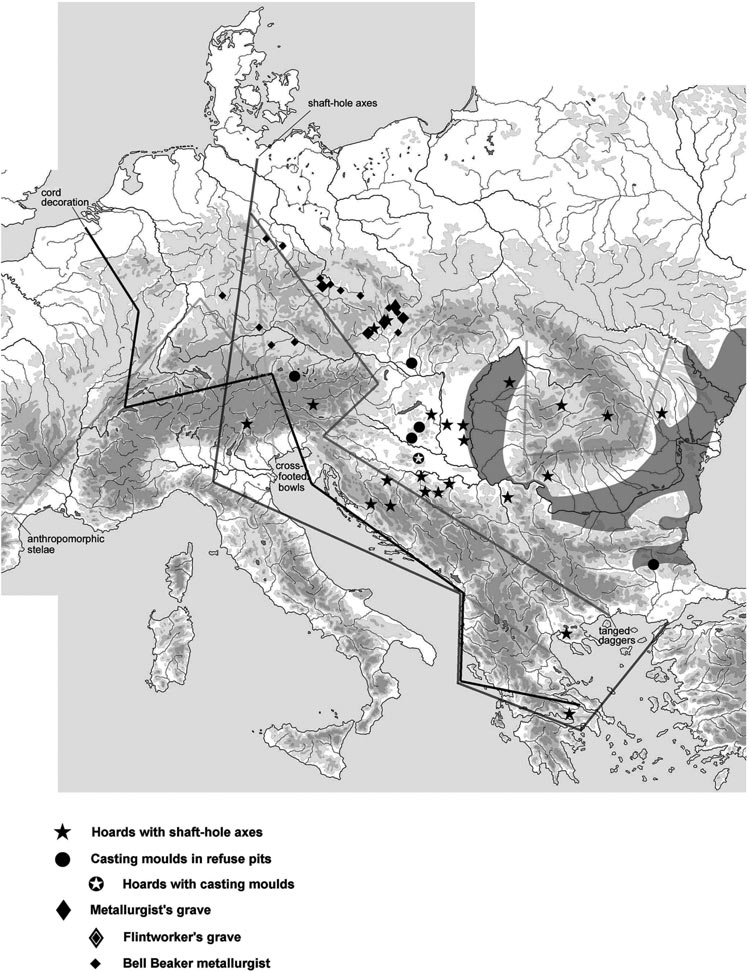Article of general knowledge in Der Spiegel, Invasion from the Steppe, with comments from Willerslev and Kristiansen, appeared roughly at the same time as the Damgaard et al. Nature (2018) and Science (2018) papers were published.
NOTE. You can read the article (in German) from Kristiansen’s Academia.edu account.
Excerpts translated from German (emphasis mine):
On the Y-DNA data
… Read the rest “Copenhagen group: Germanic and Balto-Slavic from Bell Beaker; Indo-Anatolian homeland in the Caucasus”Particularly striking is the genetic signature from the steppe on the Y chromosome. From this the researchers conclude that the majority of migrants were males. Kristian Kristiansen, chief archaeologist in the Willerslev team, also has an idea of

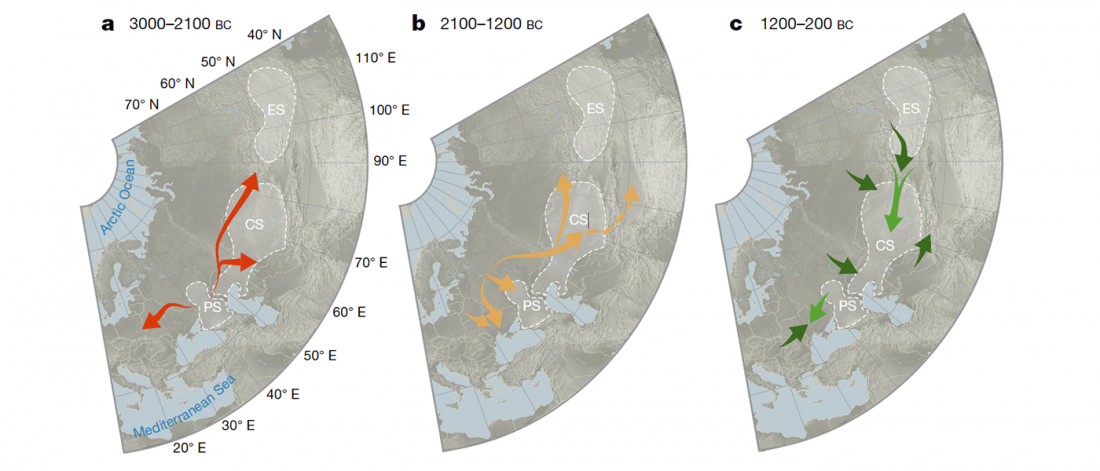
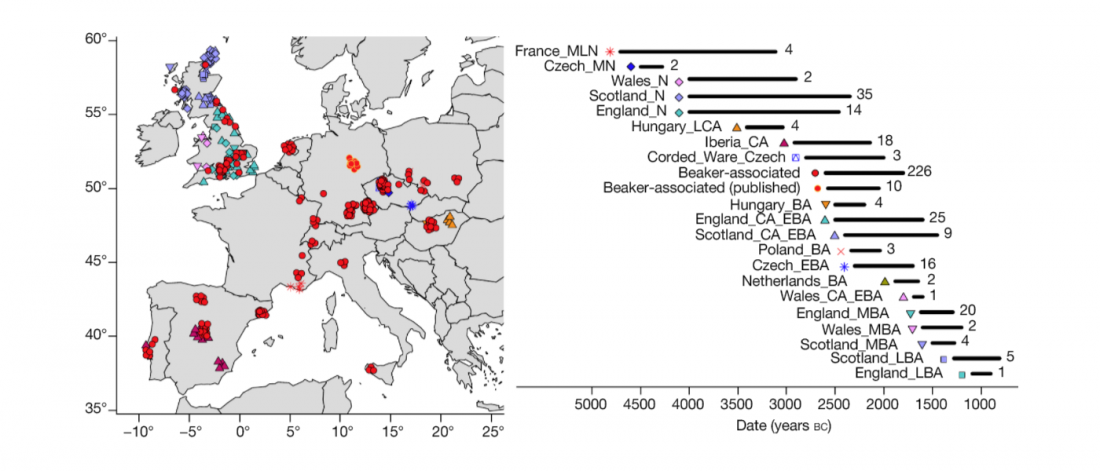

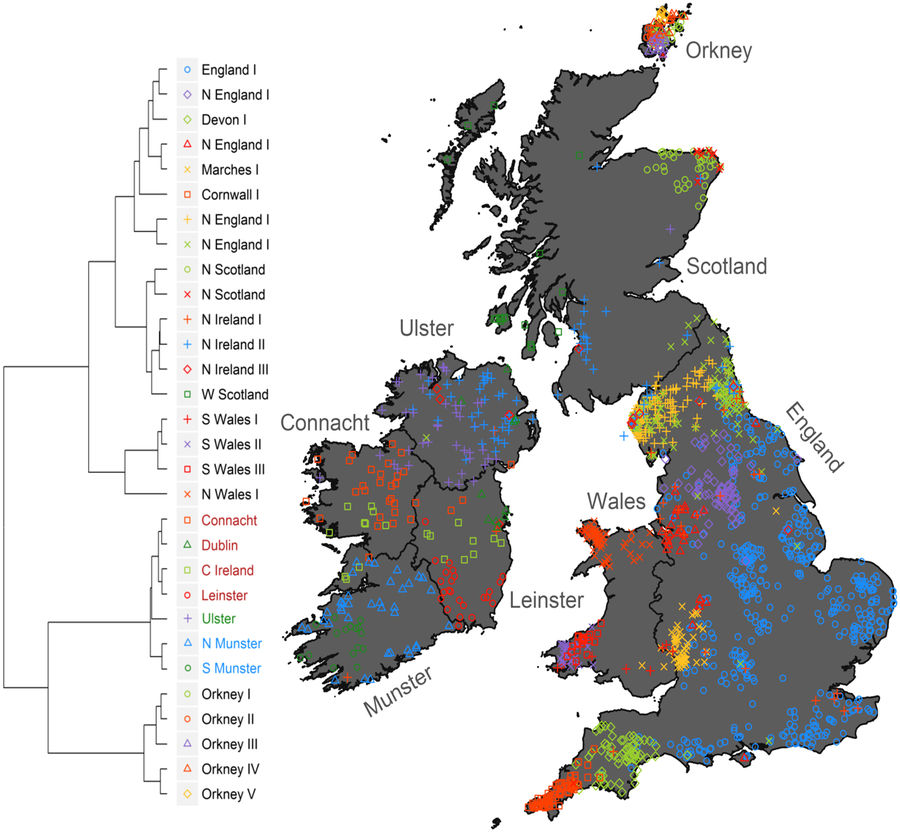
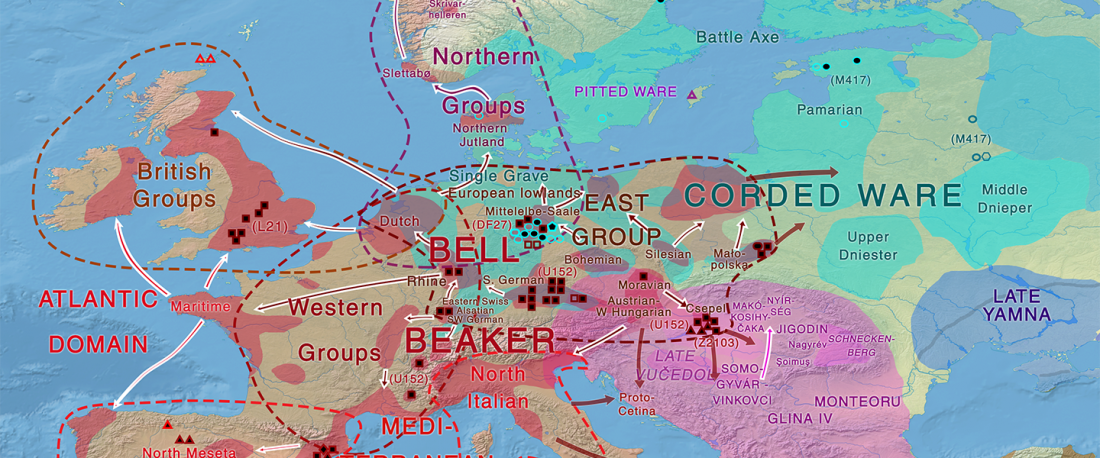
 The official
The official 
